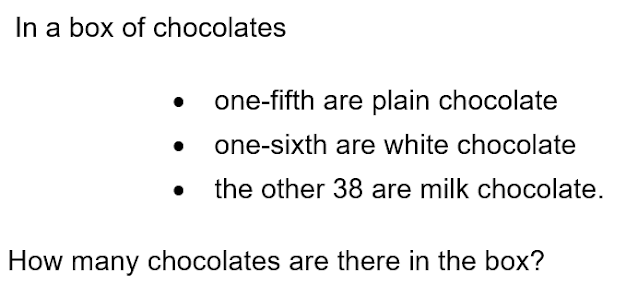Last year I blogged about the principles behind the design of our Key Stage 3 assessments and shared some examples of challenging questions for Year 8 and Year 9. I wrote new assessments this year (to avoid the sharing of exam papers with younger siblings!). I'll share some of the more challenging Year 7 questions in this post.
This year we took a lot of our assessment questions from AQA's Key Stage 3 Assessments on All About Maths. I don't know why I've never used these before. They're excellent.
Here's the last question on our Year 7 non-calculator assessment:
This question tests reasoning skills, and fluency in substitution (i.e. understanding the notation 2p and 3q) and working with directed number (because the least possible value is a negative number). It's a precursor to working with bound calculations (the idea of 'small minus big equals small'). It's an accessible question that everyone can attempt, but few students got full marks. I expected to see long lists of trial and error attempts, but actually most students just answered -11, where they'd assumed they should use 11 for both p and q.
This requires reasoning (working backwards from the mean) and knowledge of prime numbers. Many students struggled with working backwards from the mean - teaching time is so tight at Key Stage 3, we just didn't have as much time as we'd have liked to develop reasoning skills through averages puzzles.
Here's another reasoning question that some Year 7 students found tricky.
Finally, the last question on the calculator paper was designed to challenge our highest attainers. Many students picked up marks on the first two parts, but only two students in the whole year group showed a correct approach to the final part. This tested their knowledge of calculating a mean from a table and solving equations. I adapted this question from a Hong Kong exam paper (see Gems 168).








No comments:
Post a Comment